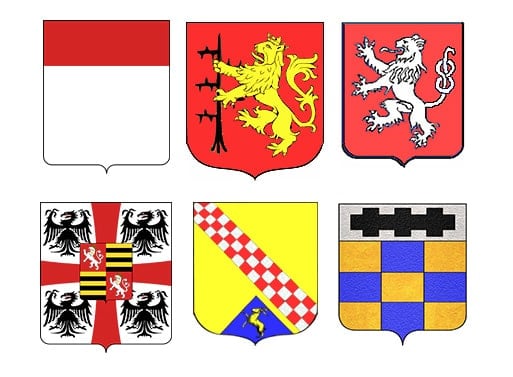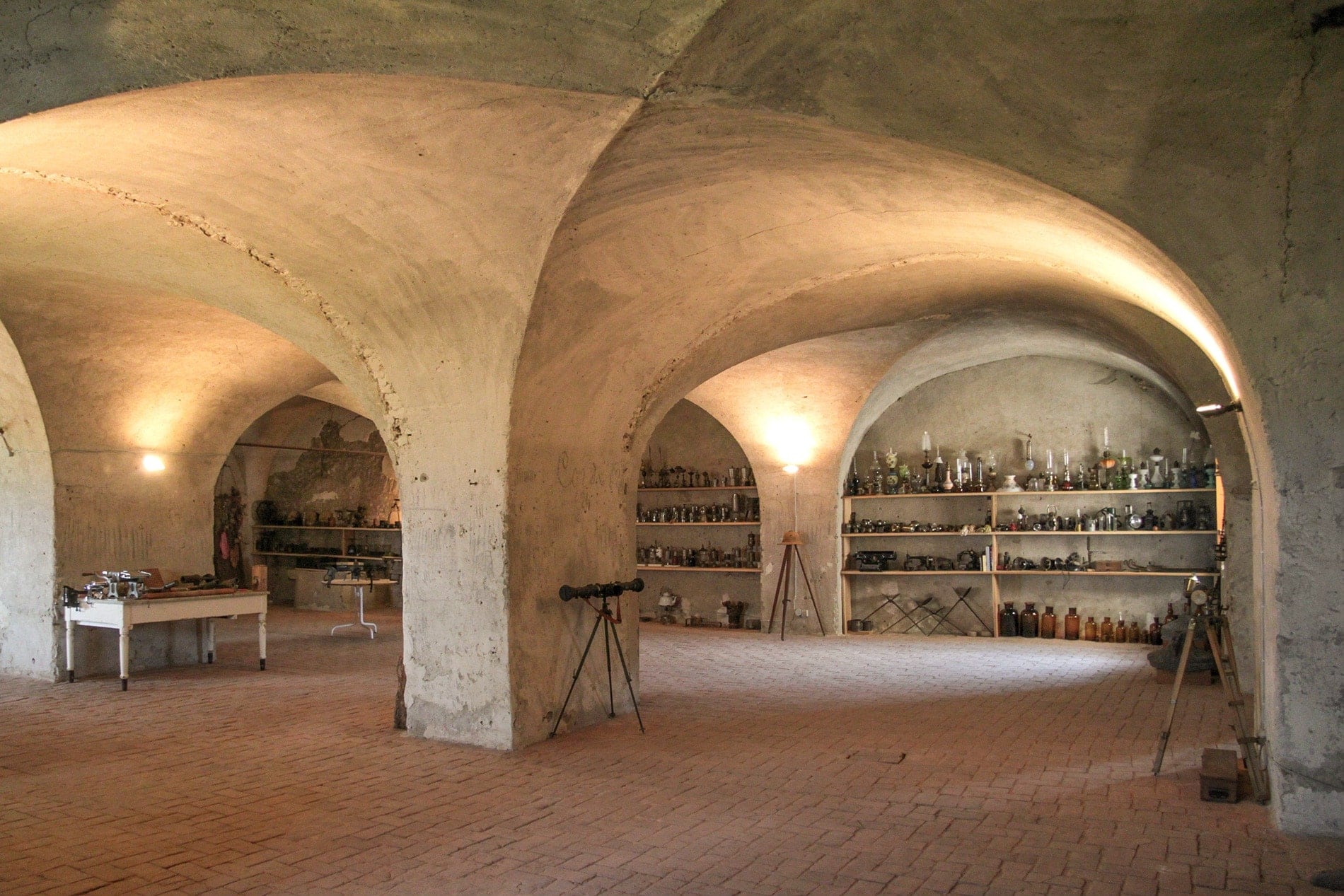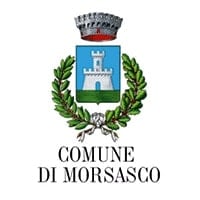A few kilometres from Acqui Terme, Morsasco castle rises majestically
History
The date on which the primitive castle was built is unknown. What we know is that the origin of Morsasco dates back at the beginning of the 13th-century, through the inhabitants of Placiano, a Celtic-Ligurian settlement located on a hillock facing the present Morsasco town.
According to tradition, Placiano’s people built the first tower with fence, where the inhabitants took shelter in case of need and where the castle stands today. What we know for sure is that, at the beginning of the 13th-century, the population of Placiano definitively moved to the current Morsasco’s town.
At that time, the Aleramics family of Marchesi del Bosco were the owners of the land. Agnese del Bosco married Federico Malaspina in 1223 and by giving the fiefdoms of her family as dowry caused the end of what had been a great dynasty that guarded the Apennine territory between Piedmont and Liguria, hills crossed by a dense network of salt routes.
Thus, the castle passed under the Malaspina di Molare family, later Cremolino’s and, in the 15th-century, Morsasco gave rise to the dynasty of Marchesi Malaspina di Morsasco, whom will be the lords until 1521, when Violante Malaspina brought as dowry to Giovan Battista Lodron, the Count of Trentino, the last fiefdoms of Malaspina di Morsasco: Morsasco, Orsara Bormida e Grognardo.
Play Video
MF Studios Production

Gian Battista Lodron was emperor Charles V’s colonel and diplomat, he played an important role in the history of Monferrato wars from 1520 to 1555. He came down to Piedmont several times with his troops, the notorious Lanzichenechi, which brought the plague; and he is the author of many sieges (Cassinelle, Tortona) and destroyer of Fubine and Vignale Monferrato’s castles. Moreover he is reported in the Smacaldiche wars, besieged Prague and participated in many war actions for the emperor Charles V’s, standing out for his diplomatic activity as the emperor’s ambassador in Venice.
Following Violante’s death, Giovan Battista Lodron married Bianca Caterina Stampa, leaving his sons from Violante as heirs, Alberigo and Ferrante. Both sons died in unknown circumstances without leaving heirs before the end of the sixteenth century. Consequently, the Gonzaga, lords of Monferrato, will put all Lodron di Morsasco’s feuds in the ducal room.
Under the dynasty from Trentino during the fifteenth-century the castle has undergone enlargement works, which are still perfectly visible today: where once was the moat that surrounded the building and the square tower of 1200, they built a new building with the great staircase leading to the noble floor, they also set another fortified tower to the previous one and added the current round tower.
The Gonzagas resold the Lodron’s feud to Barnaba Centurione Scotto, a rich Genoese patrician who made his entrance as Marquis of Morsasco on July 21st, 1599. The expansions that lead the castle to the current conformation took place in the early eighteenth century. In fact, at the time, the Centuriones built a long and large sleeve that runs parallel to the parish church of San Bartolomeo and ends incorporating the oldest tower. At the time the Sala della Pallacorda was also built, a 25-meter-long and 9-meter-wide playing field that is today one of the best-preserved halls for the ancestor game of tennis.

In the thirteenth-century’s dungeon (the fortified tower) is hosted the contemporary art collection: No name. History of a separate collection.
The Centurione Scotto were the lords of Morsasco until 1916 when Giulio Centurione Scotto, in order to pay his gambling debts, sold all Morsasco properties to the noble family of Pallavicino of Genoa.
The Marquis Domenico Pallavicino was responsible for the last major restoration of the castle, which took place between 1916 and 1921, which also demolished the ancient silkworm and silk mill where today the castle park extends.
Currently the property is owned by Mr. Aldo Cichero, a well-known nautical architect, author of some of the most famous motor yachts in modern yachting.
Among the illustrious visitors of the castle is to be reminded the passage of San Luigi Gonzaga.
The garden of the castle is a panoramic terrace overlooking the Monferrato hills, the circle of the Alps and the Apennines that look to the sea.
The Pallacorda Gallery is closed for restoration works. The prisons of the castle can be visited inside the main tower.

Sponsor & Partner
Sponsor & Partner




Contacts
Associazione di promozione
sociale e culturale Castello di Morsasco
CF 90019400069
Tel: +39 334 3769833
Mail: castellodimorsasco@gmail.com
Social
Link
Castello di Giarole (AL)
Castello di Piovera (AL)
Castello di Monastero Bormida (AT)
Castello di Monticello d’Alba (CN)
Photo credits: Massimiliano Camera, Andrea Chiesa, Marck Cooper, Angelo Durante, Loris Di Falco, Debora Garritani, Paolo Perrone, Fabio Polosa, Daniele Serra, Costanzo Cocuzza, Laura Ferrari, Fraintesa.
Powered by: Net-Uno




